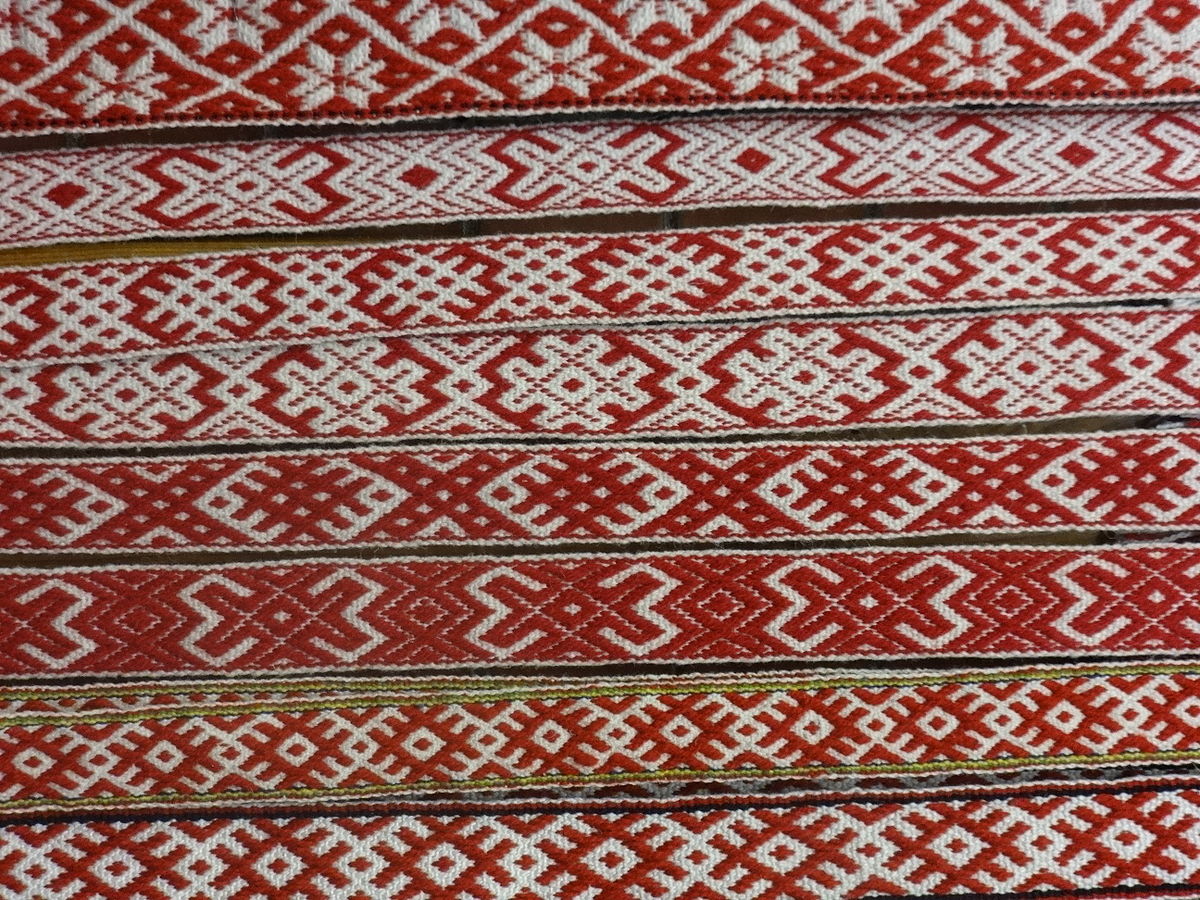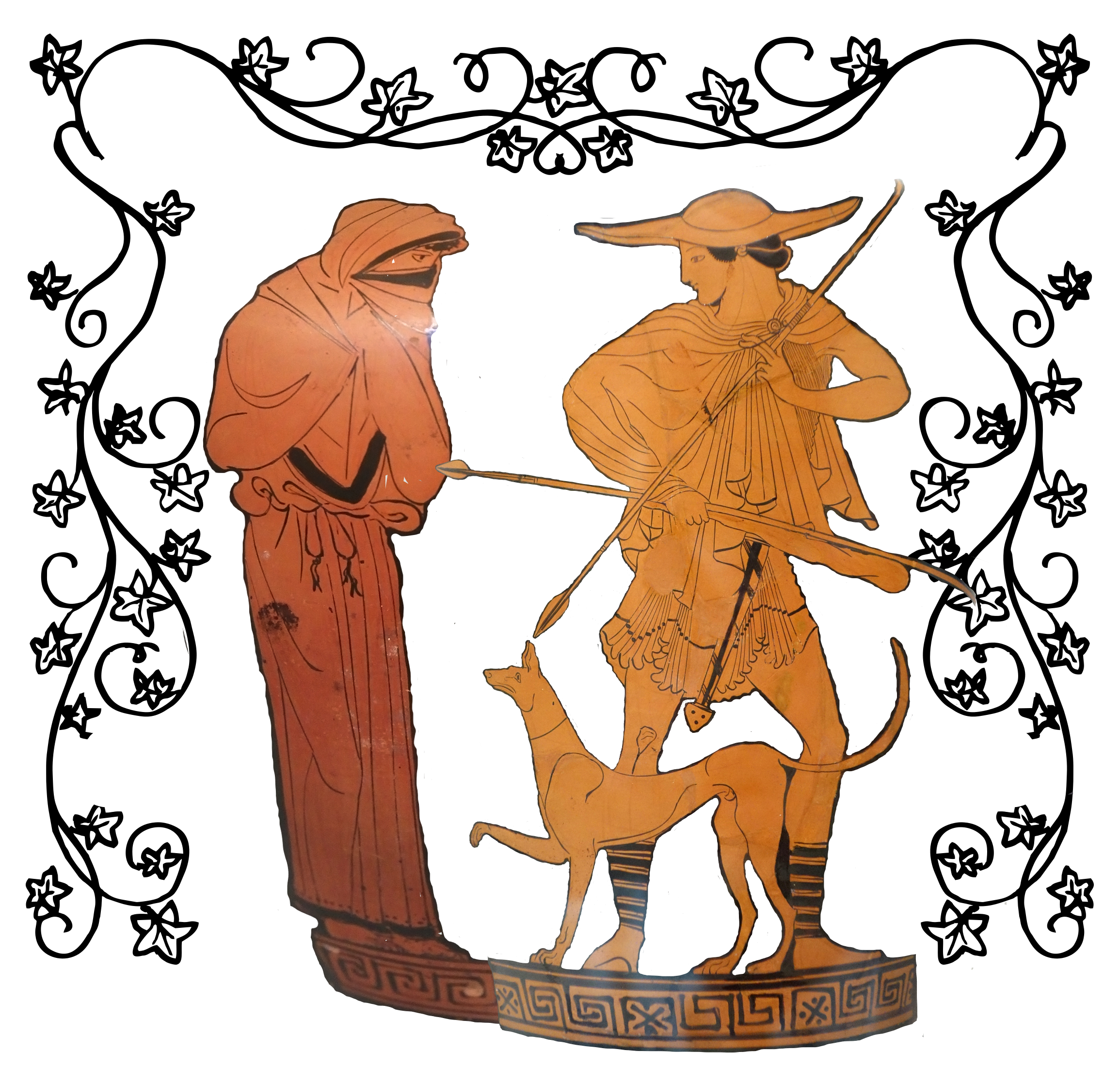Social class in Faren clothing
Go back to Faren culture!
This article describes Faren ways of communicating social class through clothing.
For general information on Faren clothing, see: Faren clothing
For more on colour symbolism, see: Faren colour associations
CW: slavery Clothing is not only worn for practical purpose, but is used for important symbolic value. Clothing symbolism is also very important part of the Faren art, especially in the early period, when writing was not yet invented, and thus there was no other way to communicate the position and identity of the individuals depicted.
The blue shroud now only remains in use as the funeral shroud, that the bodies are wrapped in to be cremated. In art of the later periods the blue shroud is thus used to depict the táldar, spirits of the dead, and never worn by the living.
For general information on Faren clothing, see: Faren clothing
For more on colour symbolism, see: Faren colour associations
CW: slavery Clothing is not only worn for practical purpose, but is used for important symbolic value. Clothing symbolism is also very important part of the Faren art, especially in the early period, when writing was not yet invented, and thus there was no other way to communicate the position and identity of the individuals depicted.
Belts
The Traditional belts are the most important cultural piece of clothing for the Farens. Their main function is to tie the tunic in place, but the elaborately vowen patterns also carry a lot of meaning.The quality of the belt shows the financial and social status of the owner. The patterns vary by region and family, showing where the wearer is from, and even more specifically, which family they are part of.
The belt is a highly personal piece of clothing, and they are never loaned to another person, and are usually cremated with the owner after death.
Traditionally, two belts are never made identical. When the same person owns different belts for different occasions, the designs are similar, but never exactly the same.
The belt is a highly personal piece of clothing, and they are never loaned to another person, and are usually cremated with the owner after death.
Traditionally, two belts are never made identical. When the same person owns different belts for different occasions, the designs are similar, but never exactly the same.
Freeborn and slave
There is relatively little difference between the clothing of a slave , and a freeborn working-class person. In the illustration the simple decorations in the tunic of the freeborn are contrasted with the plain off-white tunic of the slave. However, in practise the slave of a rich household can wear much finer clothing than a poor freeborn.
The most visible difference is that the slaves are mandated to wear a simple rope for a belt, instead of the elaborate woven belts of the freeborn. Even a poor worker is thus encouraged to invest in a nice belt, to show their status.
Senatorial cloak
The senators wear a bright yellow cloak, that symbolises their status and wisdom. Traditionally the cloak was pure yellow, dyed with expensive saffron, but variations with white base and gold decorations exist as well.
Saffron yellow is also worn by teachers and scientists, but the style of clothing is clearly distinct from the senators.
Formal clothing
Formal clothing should be worn for temple services, state holidays, and important family events. The colour of Faren formal clothing is blue. A typical formal dress is a blue, modestly emroided, ankle-leght tunic. Lower classes commonly wear a blue belt, with a white tunic.Shroud
Blue shroud was the prefered piece of formal clothing into the early republic period. It was a rectangular over-sized blue cloth, that was wrapped around the body.
Shrouds used to be in everyday use in the ancient times, but fell out of use for the more practical tunic and capes, but the formal blue shroud persisted much longer.
Ancestor spirits guarding a sleeping man
The blue shroud now only remains in use as the funeral shroud, that the bodies are wrapped in to be cremated. In art of the later periods the blue shroud is thus used to depict the táldar, spirits of the dead, and never worn by the living.
Typical Faren social ladder
- Senators and aristocracy
- Wealthy citizens
- Common citizens
- Foreigners
- Non-citizen freeborns
- Slaves
Clothing and gender
Social status is by far more important for Faren clothing choises, than the gender. The tunic is the basic item of clothing for all genders. Even though gender is presented by many finer details of clothing, such as emroidery patterns, hairstyles, and jewelery, these cues are ofter hard to detect in the old art.In addition, the Faren language does not gender most words, and Faren names are gender neutral. This has left the gender of the many ancient people unknown, or debated by the scholars.
A High-class citizen
Higher classes wear the tunic longer, to the ankle. The tunics are usually dyed with bright colours, and can have more elaborate designs in general









Comments